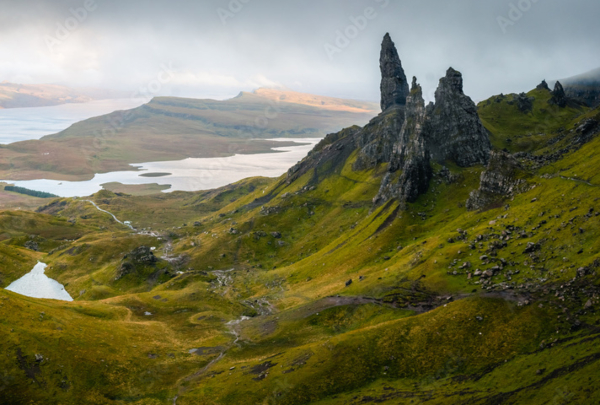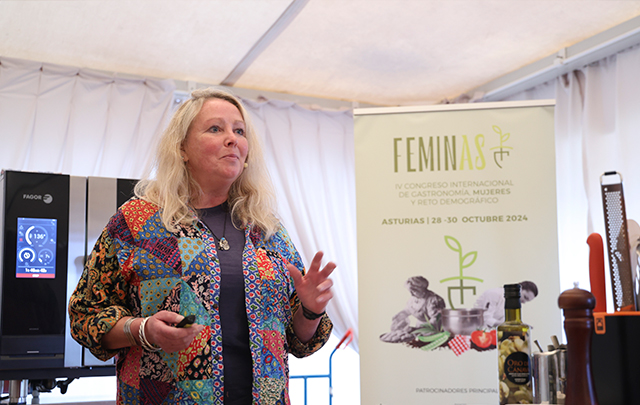News
Scotland's Highlands: meeting the demographic challenge and becoming a global reference point

The Highlands of Scotland is a mountainous region renowned for its natural beauty, rich history and unique cultural heritage. However, over the years the area has faced significant demographic challenges such as depopulation and an ageing population, particularly in the more remote rural areas. Despite these difficulties, the Highlands has managed to position itself as a model of sustainable development, cultural conservation and economic regeneration, gaining global recognition.
One of the most significant challenges has been the historic depopulation of the region. During the 18th and 19th centuries, the Highlands lost much of its population to the Clearances, forced evictions that saw many families emigrate to America and other destinations. This phenomenon, combined with the attraction of industrialisation in Scotland's cities, led to a significant decline in the population of these rural areas. In recent decades, this trend has continued as young people have moved to the cities in search of better education and employment opportunities, leaving many communities with an ageing population.
The remoteness of many parts of the Highlands has also posed challenges in terms of infrastructure and connectivity, making it difficult to attract new residents and economic development. However, improving digital connectivity and transport infrastructure has been a priority to reverse this situation and make it easier to live and work in the region.
In the face of these challenges, the Highlands have adopted a number of innovative strategies to revitalise the region and make it a beacon of sustainability. One of the main keys to success has been tourism, which has become a mainstay of the local economy. The region's stunning scenery of mountains, lochs, historic castles and nature reserves has attracted millions of tourists from around the world. The focus has been on quality tourism that respects the natural environment and values the authenticity of the experience. Activities such as walking, wildlife watching and visits to whisky distilleries have been particularly popular. At the same time, ecotourism has helped to promote sustainable practices and protect the region's biodiversity.
The promotion of local production has been another key element in the revitalisation of the Highlands. The region is world famous for its whisky, but the production of other local products such as game, dairy and organic food has also been encouraged. Local cuisine has gained recognition thanks to chefs and producers who combine local ingredients with traditional techniques. Examples such as Ghillie Başan's cooking workshops in the Highlands show how local culinary culture can be linked to global interest, attracting visitors seeking unique experiences.
Community and local creativity have been essential in preserving the cultural identity of the Highlands. The Gaelic language, traditional music and the arts have become engines of cultural and economic development. Through music festivals, fairs and community events, traditions have been revived, creating a sense of belonging and attracting tourists and new residents who want to be part of this cultural heritage.
The Highlands have also been at the forefront of developing renewable energy projects, taking advantage of the region's geographical characteristics to harness hydro and wind power. As well as contributing to the region's energy self-sufficiency, these projects have created local jobs and attracted investment in clean technologies. Scotland as a whole is known for its commitment to energy transition, and the Highlands have been an example of how renewable energy can be integrated into rural communities.
In recent years, the region has worked to attract new residents and entrepreneurs seeking a lifestyle more in touch with nature and with a strong sense of community. Improved digital connectivity has been crucial, allowing more people to work remotely from the Highlands. This has helped to revitalise the population in some areas, bringing new energy and diversifying the local economy.
The transformation of the Scottish Highlands into a model of sustainable development, combining tradition and modernity, has attracted the attention of other places facing similar challenges. The region has demonstrated that, despite demographic and geographical constraints, it is possible to develop a robust economy and attract a global audience interested in authenticity and the preservation of the natural environment. The Highlands are an example of how to prosper without losing the cultural essence, while maintaining a balance between conservation and the integration of modern technologies and approaches.




















